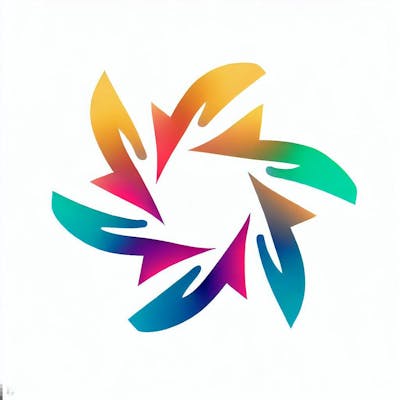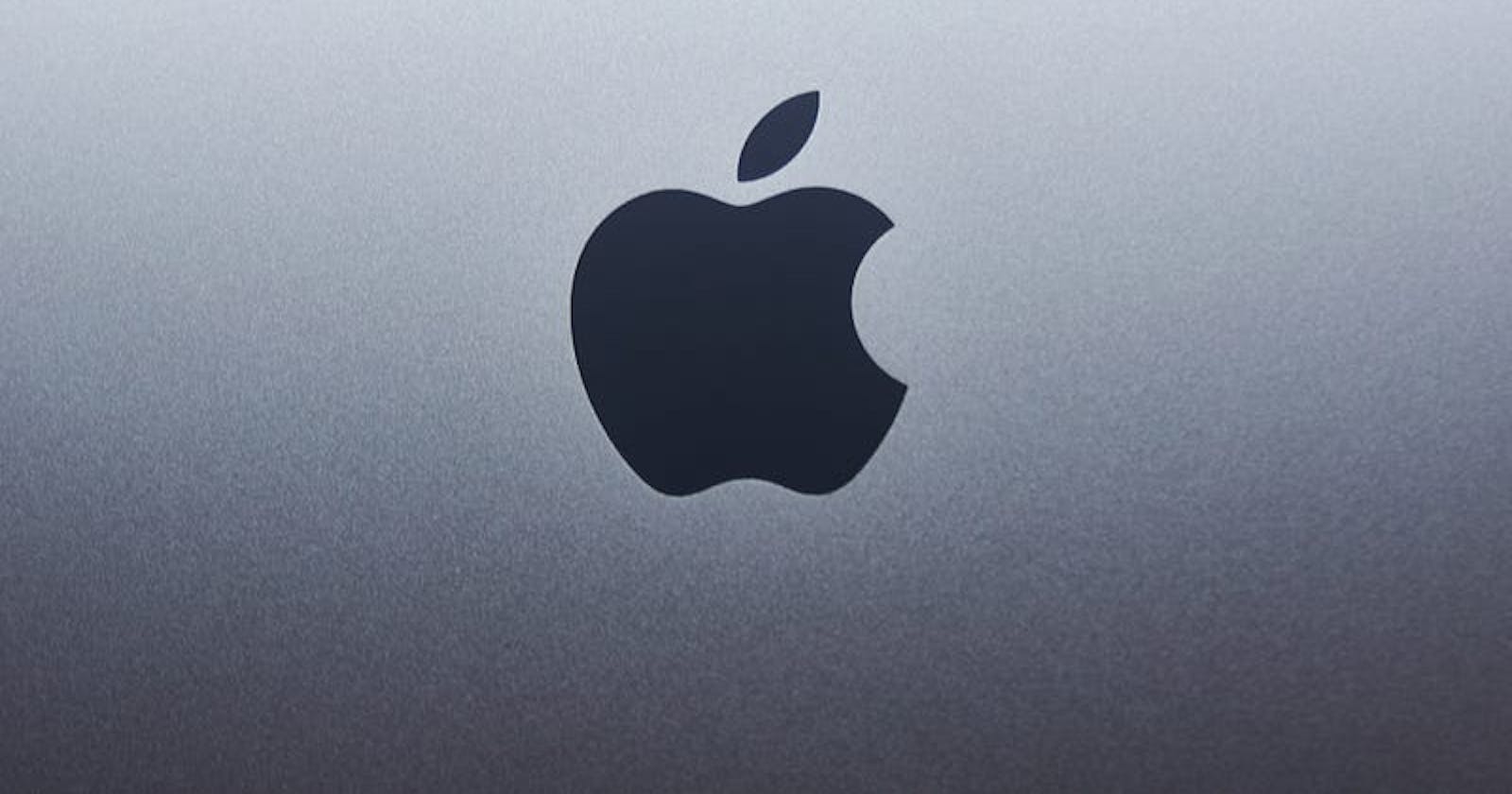Photo by Sumudu Mohottige on Unsplash
Types are one of the most fundamental concepts in programming. A type defines what kind of data a variable can store, how it can be manipulated, and what operations can be performed on it. For example, an **Int** type can store whole numbers like 1, 2, 3 etc., and can be added, subtracted, multiplied etc. A **String** type can store text like “Hello”, “Swift”, “Bing” etc., and can be concatenated, sliced, searched etc.
Swift is a strongly typed language**3**, which means that every variable must have a specific type and cannot change its type during the program execution. This helps to avoid errors and make the code more readable and maintainable. For example:
var name = "Bing" // name is a String type
name = 42 // error: cannot assign value of type 'Int' to type 'String'
Swift is also a type-safe language**3**, which means that it checks the types of variables and values at compile time (before running the program) and runtime (while running the program) and prevents invalid or unsafe operations. For example:
var age = 10 // age is an Int type
age = age + 0.5 // error: binary operator '+' cannot be applied to operands of type 'Int' and 'Double'
Swift is also a type-inferred language**3**, which means that it can infer the type of a variable from the value assigned to it without explicitly declaring it. For example:
var message = "Hello Swift" // message is inferred to be a String type
var pi = 3.14 // pi is inferred to be a Double type
However, sometimes it may be necessary or helpful to specify the type of a variable explicitly using a type annotation3. A type annotation is written after the variable name followed by a colon and the name of the type. For example:
var score: Int = 100 // score is explicitly declared as an Int type
var greeting: String = "Hi there" // greeting is explicitly declared as a String type
Swift has many built-in types for common data types such as numbers (**Int**, **Double**, **Float**), text (**String**, **Character**), booleans (**Bool**), collections (**Array**, **Dictionary**, **Set**), optionals (**Optional**), tuples (**Tuple**) etc.3 You can also define your own custom types using structures (**struct**), classes (**class**), enumerations (**enum**), and protocols (**protocol**).3
What are type methods in Swift?

Photo by Chris Ried on Unsplash
Type methods are special methods that belong to a specific type rather than an instance (or object) of that type. Type methods are similar to static methods in other languages. You can call a type method on the type itself without creating an instance of that type. For example:
// Define a struct called Point with two properties x and y
struct Point {
var x: Double
var y: Double
// Define a type method called origin that returns a Point with x and y set to zero
static func origin() -> Point {
return Point(x: 0, y: 0)
}
}
// Call the origin method on the Point type without creating an instance of Point
let p = Point.origin() // p is a Point with x = 0 and y = 0
// Print p using string interpolation
print("The origin point is (\(p.x), \(p.y))") // The origin point is (0.0, 0.0)
Type methods are useful for defining functionality that is related to the type itself rather than its instances.3 For example:
- You can use type methods to create factory methods that return instances of your custom types with some predefined values or configurations.
How to define and use type methods in Swift?
To define a type method, you need to write the [**static**](https://bing.com/search?q=type+methods+in+Swift) keyword before the method’s [**func**](https://bing.com/search?q=type+methods+in+Swift) keyword. For example:
// Define a struct called Rectangle with two properties width and height
struct Rectangle {
var width: Double
var height: Double
// Define a type method called square that takes a side length as a parameter and returns a Rectangle with equal width and height
static func square(side: Double) -> Rectangle {
return Rectangle(width: side, height: side)
}
}
// Call the square method on the Rectangle type without creating an instance of Rectangle
let r = Rectangle.square(side: 10) // r is a Rectangle with width = 10 and height = 10
// Print r using string interpolation
print("The square rectangle has width \(r.width) and height \(r.height)") // The square rectangle has width 10.0 and height 10.0
To call a type method, you need to use the dot syntax (**.**) on the type name followed by the method name and any arguments.12 For example:
// Call the origin method on the Point type defined earlier
let p = Point.origin() // p is a Point with x = 0 and y = 0
// Call the square method on the Rectangle type defined earlier
let r = Rectangle.square(side: 10) // r is a Rectangle with width = 10 and height = 10
You can also override a type method in a subclass by using the **class** keyword instead of the **static** keyword. For example:
// Define a class called Animal with a property name and a type method speak that prints "..."
class Animal {
var name: String
init(name: String) {
self.name = name
}
class func speak() {
print("...")
}
}
// Define a subclass called Dog that inherits from Animal and overrides the speak method to print "Woof"
class Dog: Animal {
override class func speak() {
print("Woof")
}
}
// Call the speak method on the Animal type
Animal.speak() // ...
// Call the speak method on the Dog type
Dog.speak() // Woof
Type methods are useful for defining functionality that is related to the type itself rather than its instances. For example:
You can use type methods to create factory methods that return instances of your custom types with some predefined values or configurations.
You can use type methods to access or modify properties or behaviors that are shared by all instances of that type.
You can use type methods to implement functionality that does not depend on any instance properties or methods.
What are some use cases of types and type methods in Swift?
Types and type methods are essential for writing Swift code that is clear, concise, and consistent. Here are some examples of how you can use types and type methods in your Swift projects:
You can use types to model different kinds of data and entities in your app domain, such as users, products, orders, etc. You can also use types to define different kinds of errors that may occur in your app, such as network errors, validation errors, etc.
You can use type methods to create convenience initializers for your custom types that simplify their creation or initialization. For example, you can use a type method to create an instance of your custom
**User**type from a JSON object returned by an API call.You can use type methods to implement utility functions or constants that are related to your custom types. For example, you can use a type method to calculate the area of your custom
**Shape**type or to return a default color for your custom**Theme**type.You can use type methods to implement protocols or extensions that add functionality or conformance to your custom types. For example, you can use a type method to implement the
**Codable**protocol for your custom**Product**type or to add an extension that conforms your custom**Order**type to the**Comparable**protocol.
Conclusion
In this blog article, you learned about types and type methods in Swift. You learned what types are, how they define data and behavior in Swift code, how they are checked for safety
and consistency, and how they can be inferred or annotated. You also learned what type methods are, how they are defined and called on the type itself, how they can be overridden in subclasses, and how they are useful for defining functionality that is related to the type itself rather than its instances. You also saw some examples of how you can use types and type methods in your Swift projects to model data and entities, create convenience initializers, implement utility functions or constants, and conform to protocols or extensions.
I hope you enjoyed this blog article and learned something new about Swift. If you have any questions or feedback, please feel free to leave a comment below. Thank you for reading and happy coding! 😊

